Did You Know?
Frere Hall's ceiling is adorned with "Arz-o-Samawat," an unfinished masterpiece by the legendary artist Sadequain, dedicated to the citizens of Karach
24°50'51.4"N 67°01'58.6"E
Frere Hall's ceiling is adorned with "Arz-o-Samawat," an unfinished masterpiece by the legendary artist Sadequain, dedicated to the citizens of Karach
The Best Time to Visit Karachi is Year long as it has bearable Cold winters and Hot Summers. However, Summers can get Hot and precautions are recommended during Daytime visits.

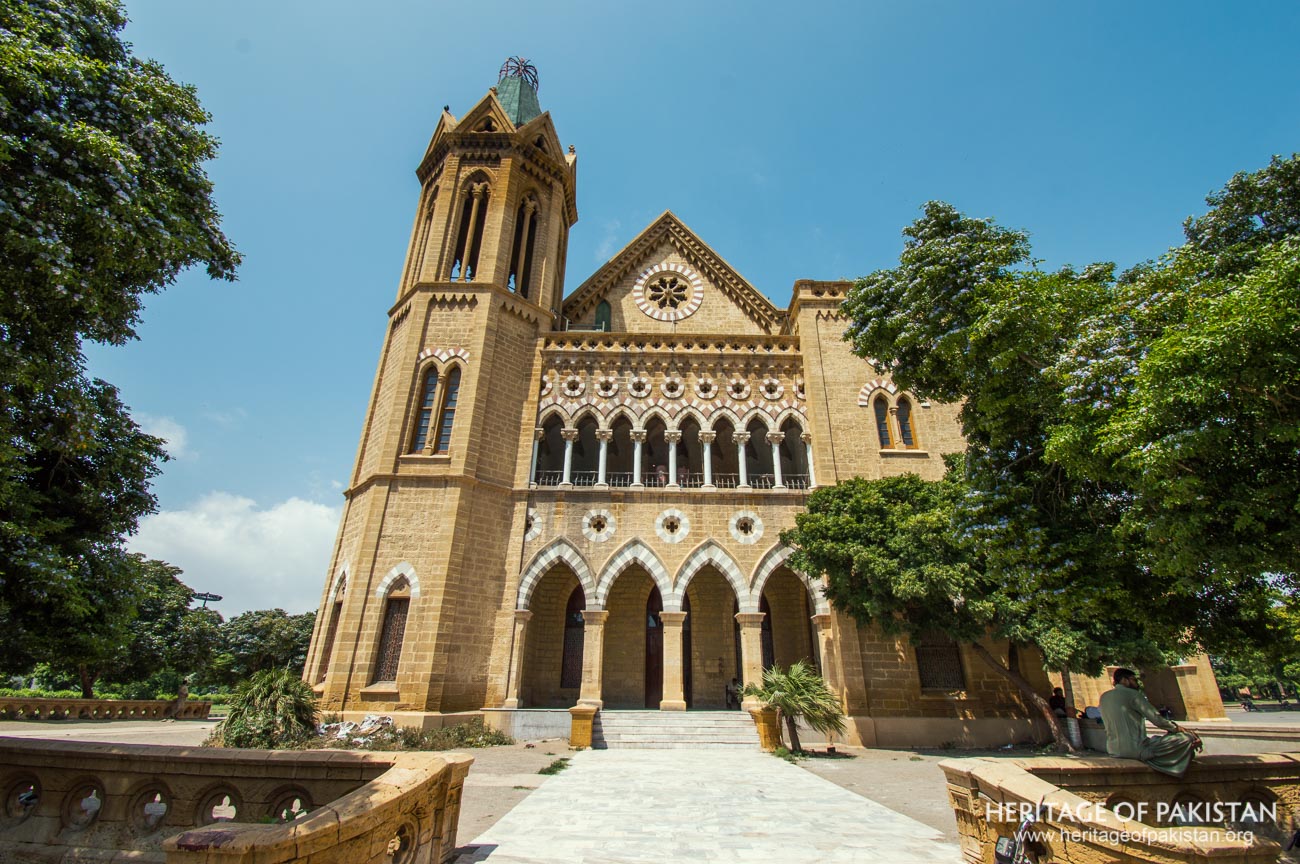
Frere Hall is an iconic British colonial-era building in the Civil Lines area of Karachi constructed in 1865 during the British Rule in Sub Subcontinent. It was initially intended as a town hall during Colonial Karachi, however it now serves as an exhibition hall, library, and multipurpose space Located in the Civil Lines area of Karachi. Constructed between 1863 and 1865, Frere Hall was the largest building in Sindh at the time. It holds the distinction of being the first structure in Sindh region built in the Indo-Gothic style, a hallmark of British colonial architecture. This colonial monument was also home to the city's first library, marking it as a center of learning and culture.
The hall was named in honor of Sir Henry Bartle Edward Frere, a British colonial administrator known for his efforts in promoting economic development and making the Sindhi language the official language of the region. Frere's tenure was marked by his dedication to public service, and he was revered by the local populace for his hard work and integrity.
The inception of Frere Hall dates back to a meeting held to devise a means of commemorating the long and brilliant administration of Sir Bartle Frere when he was called to the Viceroy’s Council in 1859. A sum of Rs22,500 was raised through subscription for this purpose, and designs for a public hall were invited. Out of the twelve designs submitted, Lieutenant-Colonel St Clair Wilson's design was selected. Construction began in 1863, and the hall was officially opened in 1865 by Samuel Mansfield, the Commissioner of Sindh time, although it was not entirely complete. The total cost of construction amounted to approximately Rs180,000, with the government contributing Rs10,000 and the municipality covering the remaining balance. Out of twelve submitted designs, the one by Lt. Col. St. Clair Wilson was chosen for Frere Hall.
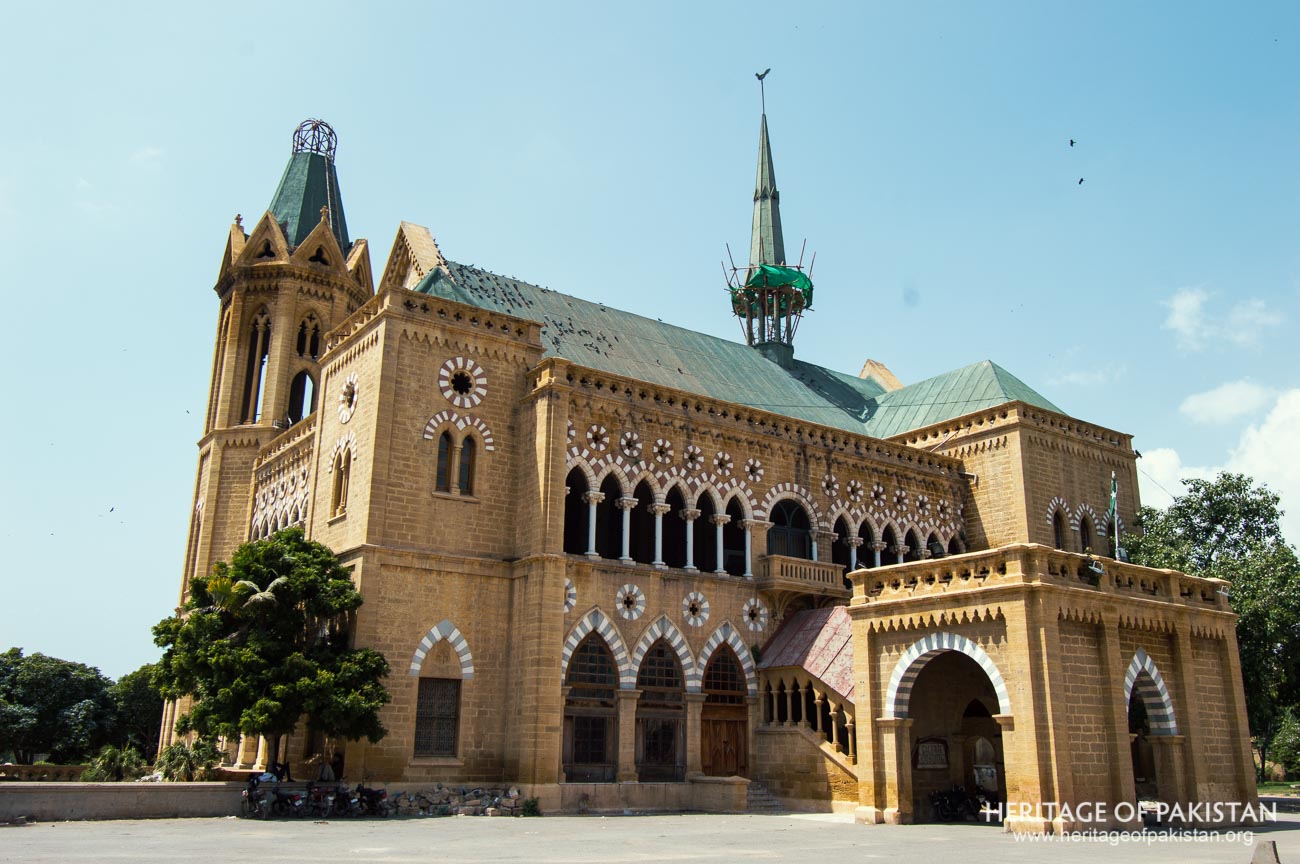
Frere Hall's design embodies the Indo-Gothic architectural style, characterized by pointed arches, vaulted ceilings, and intricate stone carvings. This style was popular among British colonial architects and aimed to blend traditional Gothic elements with local architectural influences. Initially used as a library for British Indian soldiers, Frere Hall eventually became a monumental tribute to Sir Henry Bartle Edward Frere. Over the years, it has undergone several transformations to serve various cultural and civic purposes. The hall's ceiling is adorned with "Arz-o-Samawat," a mural painted by the renowned artist Sadequain, making it a significant cultural landmark.
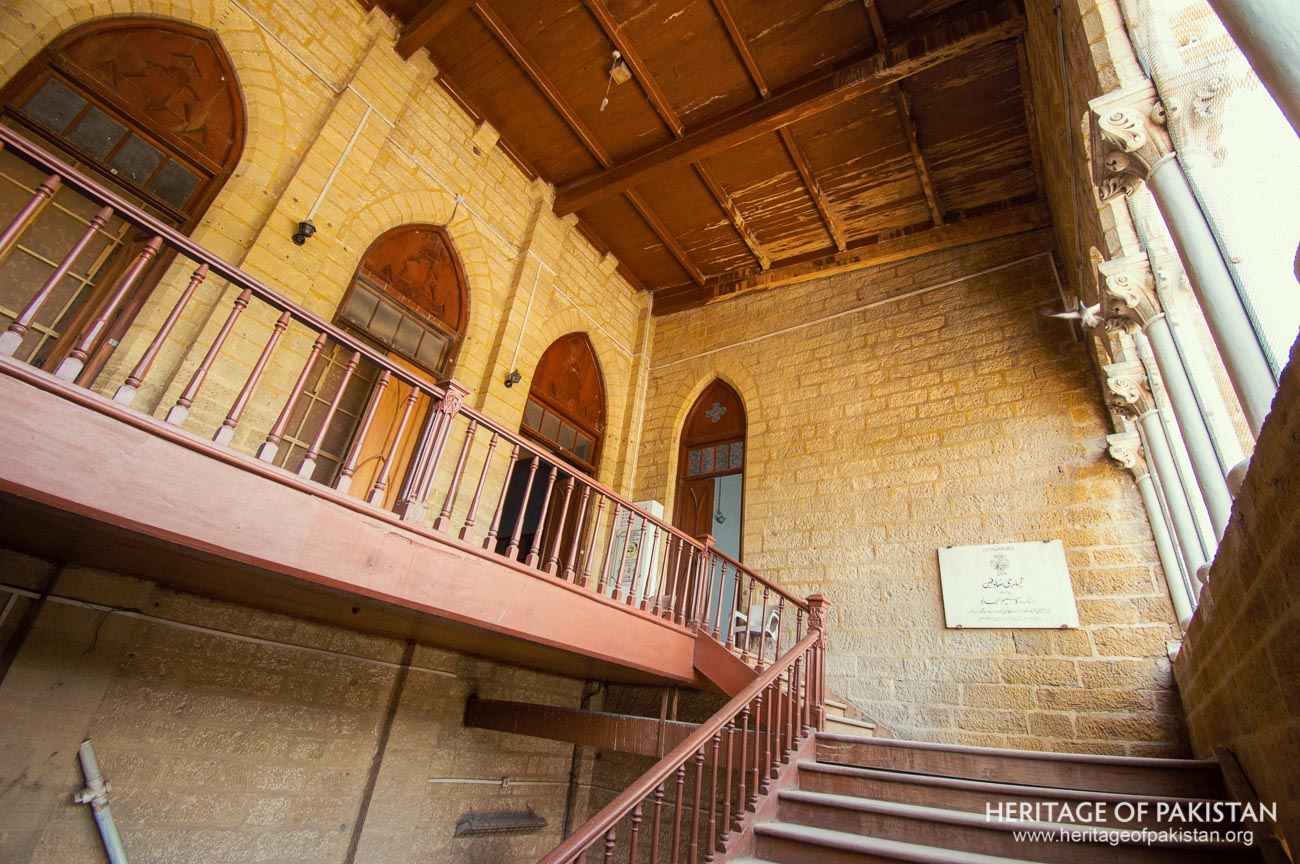
The ground floor houses the Liaquat National Library, named after Pakistan's first Prime Minister, Liaquat Ali Khan. This library is one of the largest in Karachi, containing over seventy thousand books, including rare manuscripts, newspapers, dictionaries, atlases, and technical books. It continues to serve as a vital resource for scholars and the general public.
Frere Hall is surrounded by Bagh-e-Jinnah, formerly known as Frere Hall Gardens. This expansive garden enhances the building's grandeur and serves as a beautiful showcase for visitors. Within the garden are historically valuable structures, including the Eduiji Dinshaw fountain and an old cast iron birdbath. These elements add to the historical and aesthetic value of the site, making it a popular spot for both locals and tourists.
One of the most notable features of Frere Hall is the Sadequain Gallery. In the 1980s, the acclaimed artist Sadequain traveled to Pakistan with a mission to promote art in his country. Before his involvement, this section of Frere Hall served as a theatre, which eventually gave way to a museum. The museum continued to operate until Sadequain began his work.
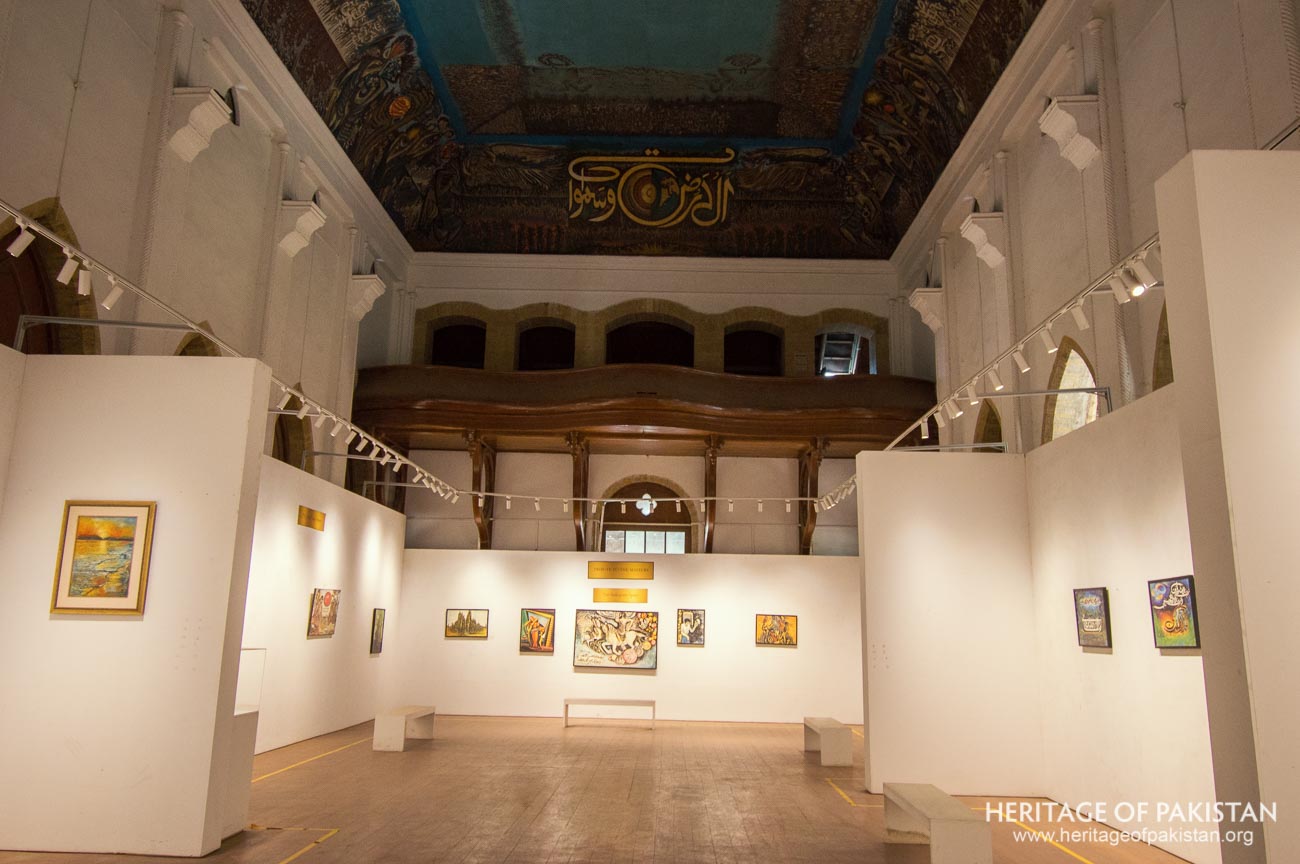
Sadequain's contribution to Frere Hall is immortalized in the mural "Arz-o-Samawat," which adorns the ceiling. Work on this mural began in 1986, but it was left incomplete due to Sadequain's untimely death on February 10, 1987. Despite its unfinished state, the mural remains a masterpiece, showcasing Sadequain's unique style and artistic vision.
Frere Hall stands as a testament to Karachi's rich colonial history and its ongoing cultural significance. The building's architecture and the surrounding gardens reflect the historical context of British colonial rule while also serving as a hub for cultural activities and public gatherings.
The hall's evolution from a colonial town hall to a vibrant cultural space highlights the dynamic nature of Karachi's urban landscape. It serves as a reminder of the city's colonial past while also embracing its present role as a center of art and learning.

Frere Hall is one of Karachi's most distinguished landmarks and displays the beautiful Venetian Gothic style. Designed by Colonel Henry Saint Clair Wilkins, a renowned military engineer-architect from Bombay’s Public Works Department, the hall was originally intended to serve as Karachi's town hall.
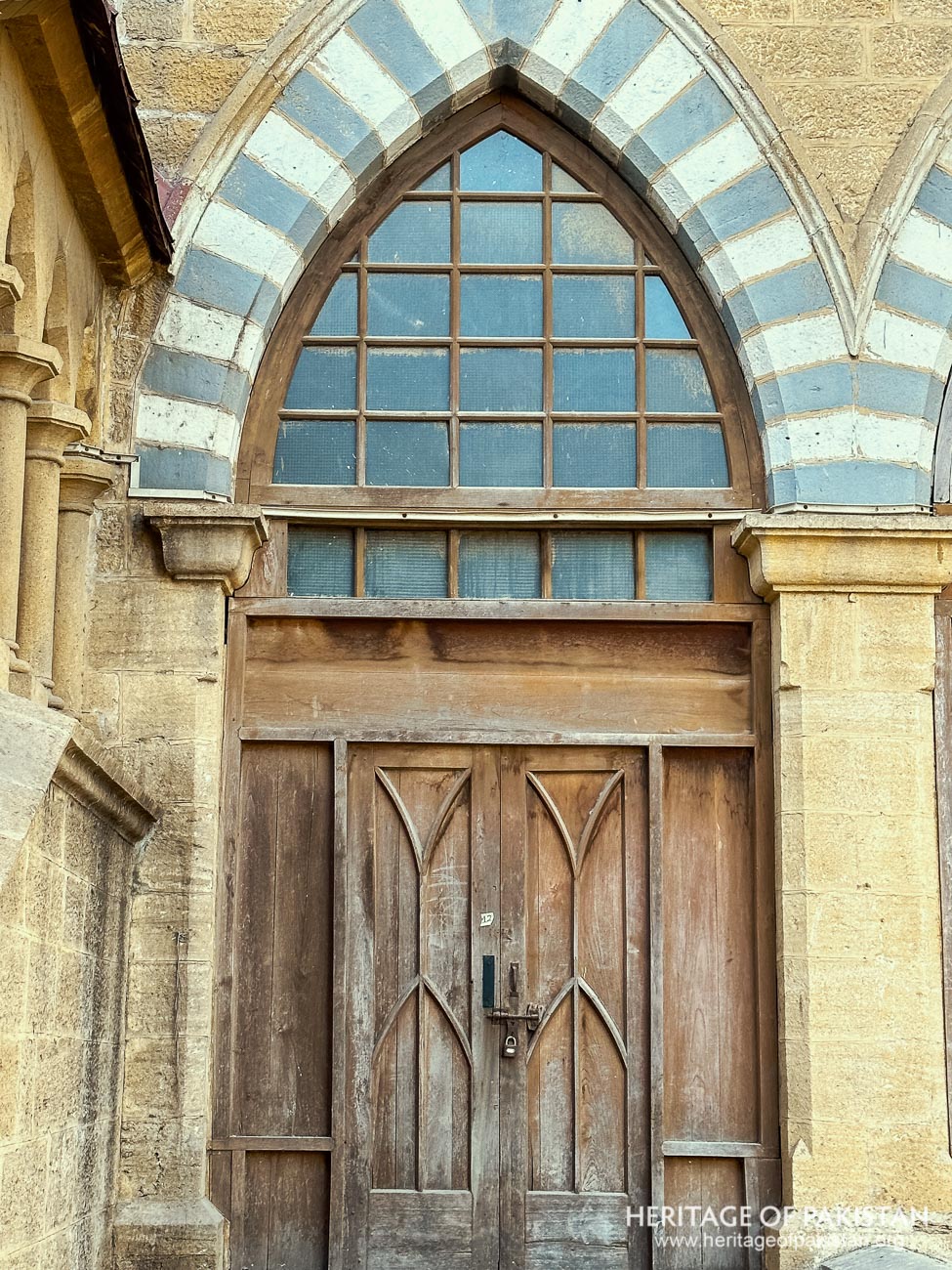
The construction of Frere Hall utilized locally procured materials, including sandstone and limestone. Yellow stone was brought from nearby Gizri Hill, red and grey stone from Jungshahi town to the east, and white Oolite limestone transported by train from Bohlari, located ninety-seven miles away. These materials contributed to the building's distinctive appearance and durability.
Frere Hall is adorned with several notable architectural features. The most striking elements include an octagonal tower and a spirelet coated with Muntz metal. These architectural components give the building its traditional Venetian appearance, making it stand out in Karachi's architectural landscape.
The interior of Frere Hall has a distinct character as well. The most valuable asset of the hall, the ceiling, boldly displays the painting 'Arz-o-Samawat' (Earth and the Heavens) by the famous Pakistani painter Sadequain. This mural, his last work, holds significant historical and cultural value. Sadequain dedicated this magnificent piece to the citizens of Karachi before his untimely death, and it remains a national treasure.
A detailed description of Frere Hall and its library can be found in the "Gazetteer of the Province of Sindh, Karachi District," compiled by J.W. Smyth and first published in 1919. The gazetteer highlights Frere Hall as the most notable building in Karachi, both in terms of its situation and character. It describes the hall as a beautiful structure and also refers to its iconic octagonal tower.
The hall, built of the familiar yellowish Karachi limestone, is effectively complemented by white oolite quarried near Bholari, south of Kotri, and red and grey sandstones from Jungshahi. The ground floor of Frere Hall features a main hall that mirrors the one above it. The room at the end, corresponding to the second room above, houses the Frere Hall Library.
Surrounding Frere Hall are two lawns, originally known as "Queen's Lawn" and "King's Lawn." Following Pakistan's independence, these lawns were renamed Bagh-e-Jinnah, or "Jinnah Gardens," in honor of the country's founding father. These gardens provide a serene and picturesque setting for the hall, making it a popular spot for both locals and tourists.

Efforts to preserve and maintain Frere Hall and its surrounding gardens are crucial for safeguarding Karachi's cultural heritage. The building's architectural features, historical artifacts, and Sadequain's mural all contribute to its status as a cultural landmark. Preservation initiatives ensure that future generations can continue to appreciate and learn from this iconic site. Frere Hall's legacy is further reinforced by its role in promoting education and the arts. The Liaquat National Library is used by students and especially CSS aspirants preparing for the Civil Service examination and continues to be a valuable resource for researchers, students, and the general public. The Sadequain Gallery inspires new generations of artists and art enthusiasts, fostering a deeper appreciation for Pakistan's artistic heritage. Many Art Exhibitions and events are held at Hall.
Frere Hall is more than just a historical building; it is a symbol of Karachi's rich cultural and architectural heritage. From its origins as a colonial town hall to its current role as an exhibition space and library, Frere Hall has continuously adapted to meet the needs of the city.
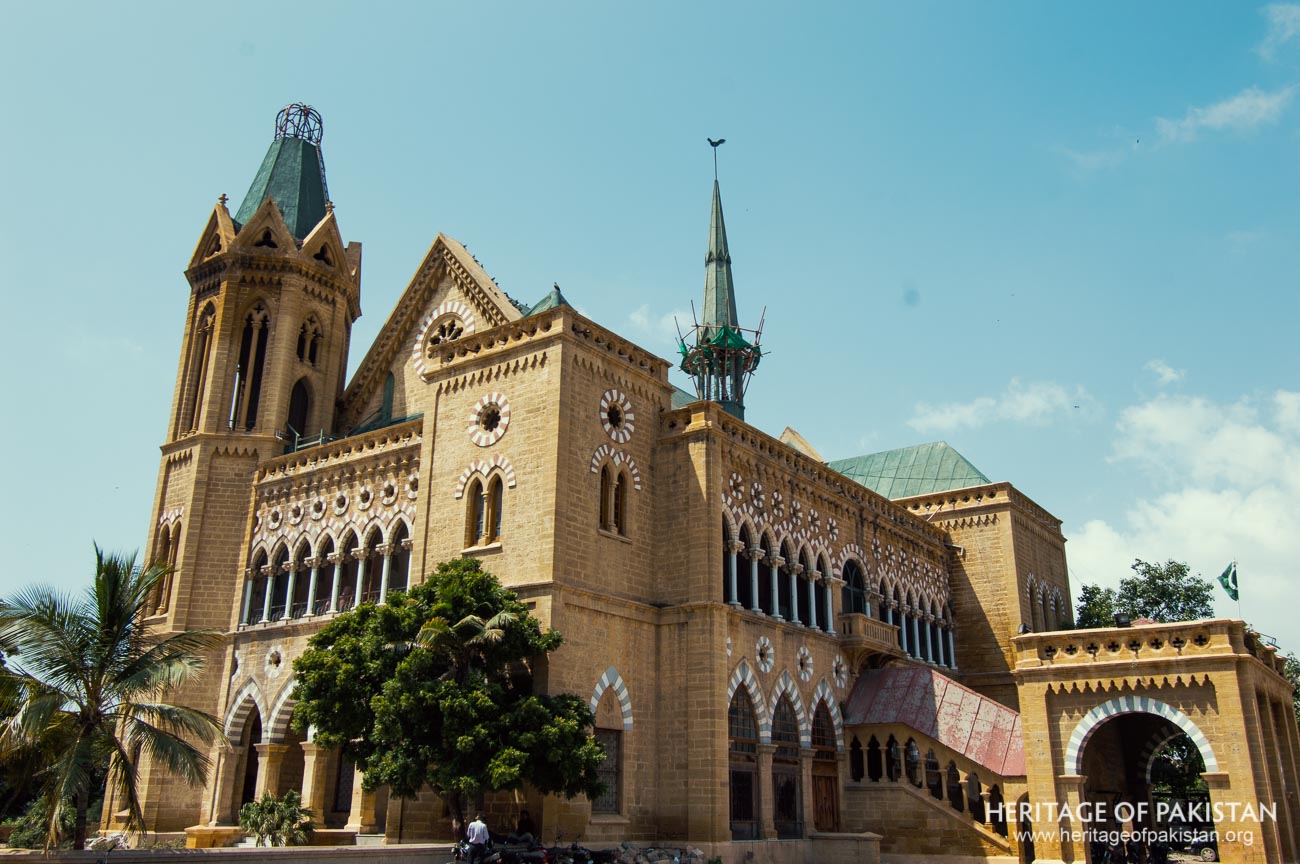

Discover the Frere Hall image gallery and immerse yourself in photographs

All Photographs by Syed Noor Hussain and Sania Azhar.
All Rights Reserved. Photos may be used for Non-Commercial, Educational, Artistic, Research, Non-Profit & Academic purposes.
Commercial uses require licensing agreement.


Add a review